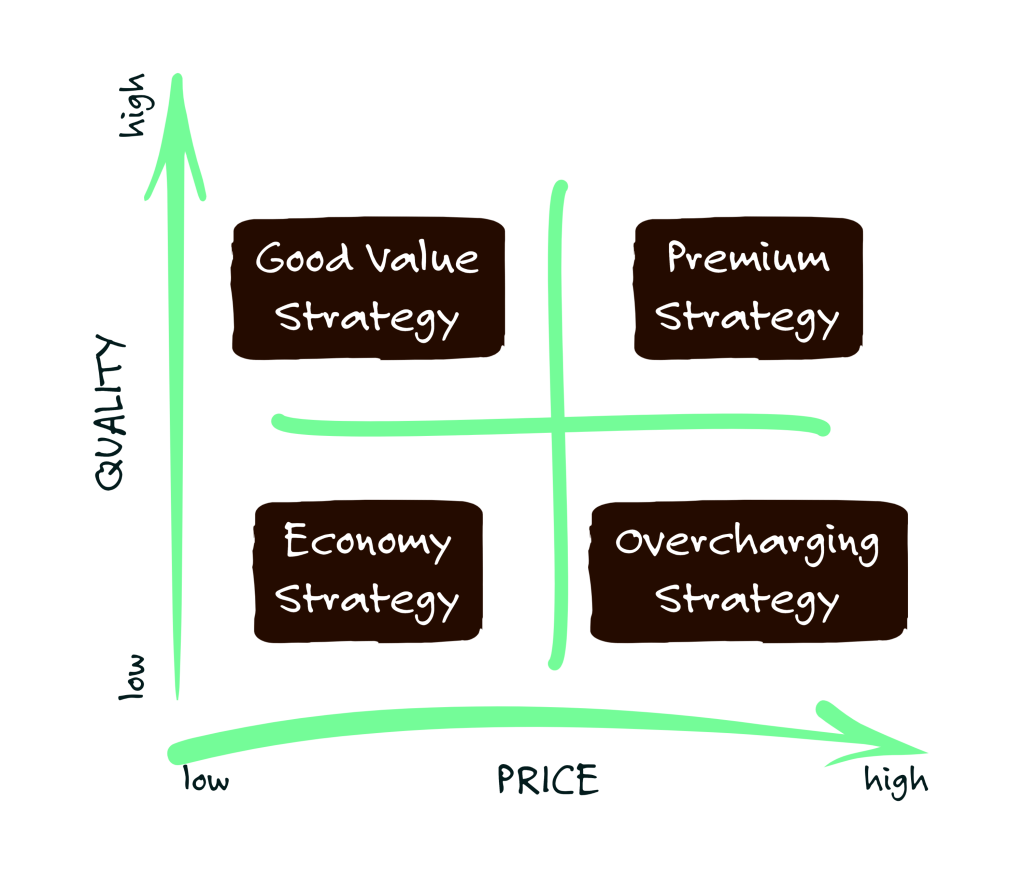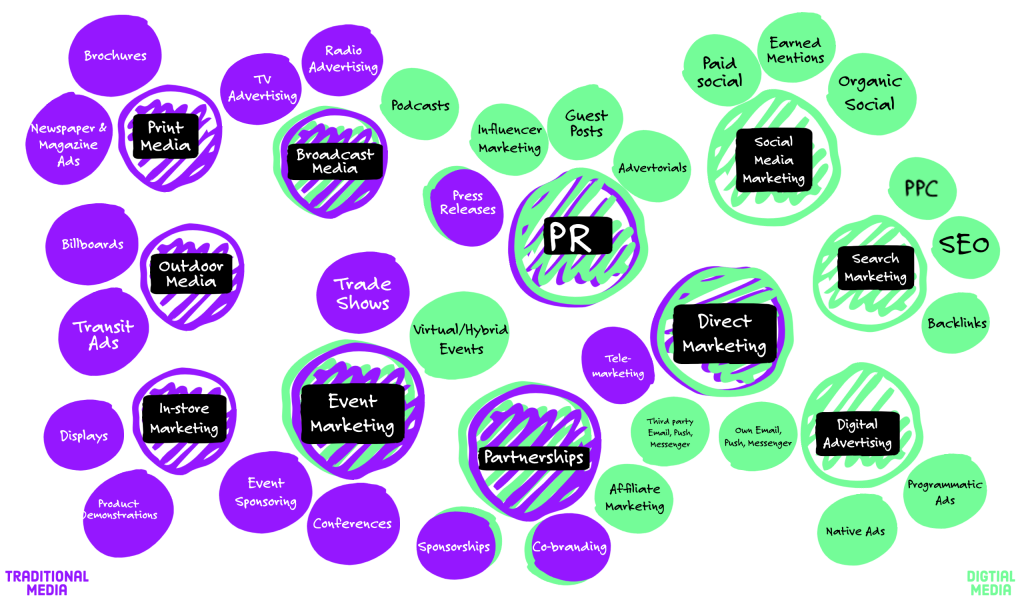💡 What is a Competitor Analysis?
Competitor analysis is a comprehensive examination of rival businesses in your industry, aimed at understanding their strategies, strengths, and weaknesses. In this guide, we delve into a step-by-step process to conduct a thorough competitor analysis, helping you extract valuable insights that can inform strategic decisions for your venture.
🚀 Why is Competitor Analysis Important for Startup Founders?
Competitor analysis is a crucial tool for startup founders as it provides a strategic roadmap to navigate the competitive landscape. By understanding competitors, you can:
- Identify Underserved Customer Segments: Uncover additional target segments that may be underserved by competitors.
- Define Unique Selling Proposition (USP): Design a product or service offering with a USP that stands out in the market.
- Optimize Pricing Models: Determine the right pricing model and competitive price points.
- Strategize Marketing Channels: Choose effective sales and marketing channels based on competitors’ performance.
- Enhance User Journey: Design and improve the customer journey based on successful competitor practices.
- Strategic Positioning: Develop a clear positioning map to visualize the competitive landscape and identify market gaps.
🗒️ Competitor Analysis Step-by-Step
In the dynamic startup business landscape, a comprehensive competitor analysis is paramount to strategic decision-making. In the following steps, we’ll delve into a systematic approach to competitor analysis, from selecting your competitors to scrutinizing their marketing efforts. Navigate through each step meticulously to fortify your understanding of the competitive terrain and position your business for triumph in the market.
✅ Step A: Select your Competitors
- Begin by identifying the most relevant competitors within your market. Consider both direct and indirect competitors, ensuring a well-rounded analysis. Aim for a selection of around five to ten competitors for in-depth examination.
- Utilize resources such as company/startup databases, VC portfolios, and keyword/website analysis tools to discover potential competitors. Ensure that the selected companies align with your target market, focusing on those serving similar customer segments.
✅ Step B: Identify your Competitors' Target Customers
- Dive into understanding your competitors’ target customer segments. Utilize various methods, including analyzing niche products, studying references, examining branding elements, and reviewing social media followers.
- Look for patterns in the “look and feel” of their branding, the types of images used, and the demographics represented. By scrutinizing social media followers, customer reviews, and branding elements, you can develop an educated understanding of your competitors’ target audience.
✅ Step C: Analyze your Competitors' Product/Service Offering
- Delve deep into the offerings of your competitors. Analyze their product or service portfolios to identify the range and diversity of their offerings. Note the number of products or services, unique features, and any additional services they provide.
- Examine the problems or needs they aim to solve with their offerings. By understanding the core features and unique selling propositions of their products, you can assess how they differentiate themselves in the market.
✅ Step D: Understand your Competitors' Pricing Strategy
- Analyze your competitors’ pricing models to comprehend their overall pricing strategy. Identify various pricing models such as per-unit pricing, bundle pricing, and subscription models that they may employ.
- Conduct a manual analysis of competitors’ price points by visiting their websites or relevant online marketplaces. Ensure comparability by selecting common or similar products for comparison, allowing you to gauge their pricing philosophy and positioning.

✅ Step E: Determine your Competitors' Distribution Channels
- Gain insights into how your competitors distribute and market their products. Distinguish between owned channels, such as offline outlets or online stores, and third-party channels like online marketplaces or offline retailers.
- Scrutinize competitors’ online presence, analyzing website performance, traffic sources, and social media channels. By understanding their distribution channels, you can make informed decisions on where and how to position your own products or services.
✅ Step F: Explore your Competitors' Marketing Efforts
- Explore the messages your competitors convey through their brand. Analyze marketing channels both traditional and digital, and examine any campaigns or activities that catch your attention.
- Understand the brand message by analyzing marketing materials such as websites, advertisements, and social media posts. Identify the marketing channels your competitors use, whether traditional or digital, and explore any collaborations with influencers or PR activities.

✅ Step G: Map your Competitors' User Journey
- Map out your competitors’ user journey to gain insights into their interactions with customers. Understand touchpoints from awareness to loyalty, analyzing how competitors facilitate product or service usage and handle customer service.
- Identify noteworthy customer experience elements and best practices during each stage of the user journey. By delving into the after-sales services, loyalty programs, and customer retention strategies, you can draw inspiration for enhancing your own user journey.
✅ Step H: Create your Positioning Map
- Create a positioning map to visualize how your competitors are perceived in comparison to each other. Use perceived quality or value and perceived price or cost as axes, placing competitors according to their performance.
- Identify potential market gaps by analyzing competitors’ positions on the map. This visualization aids in determining opportunities for unique positioning, setting your product or service apart in the competitive landscape.
In conclusion, a well-executed competitor analysis equips you with the insights needed to make informed decisions, innovate strategically, and position your venture for success in a competitive market.

Get Ready-to-Use Templates and Practical Guidances . 🚀
Check out our basecamp for founders for practical guidance and templates on Competitor Analysis and many more business building methodologies.

